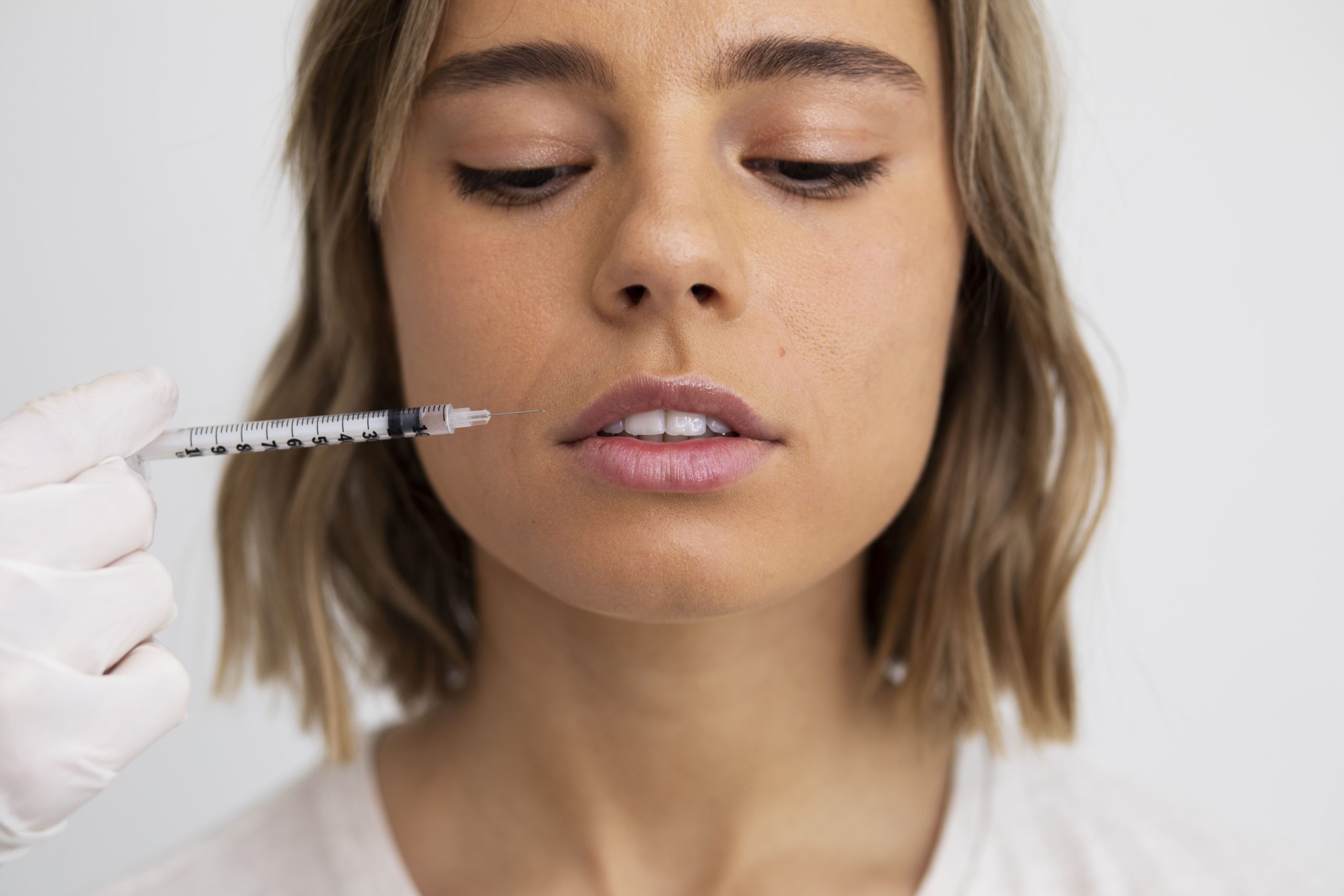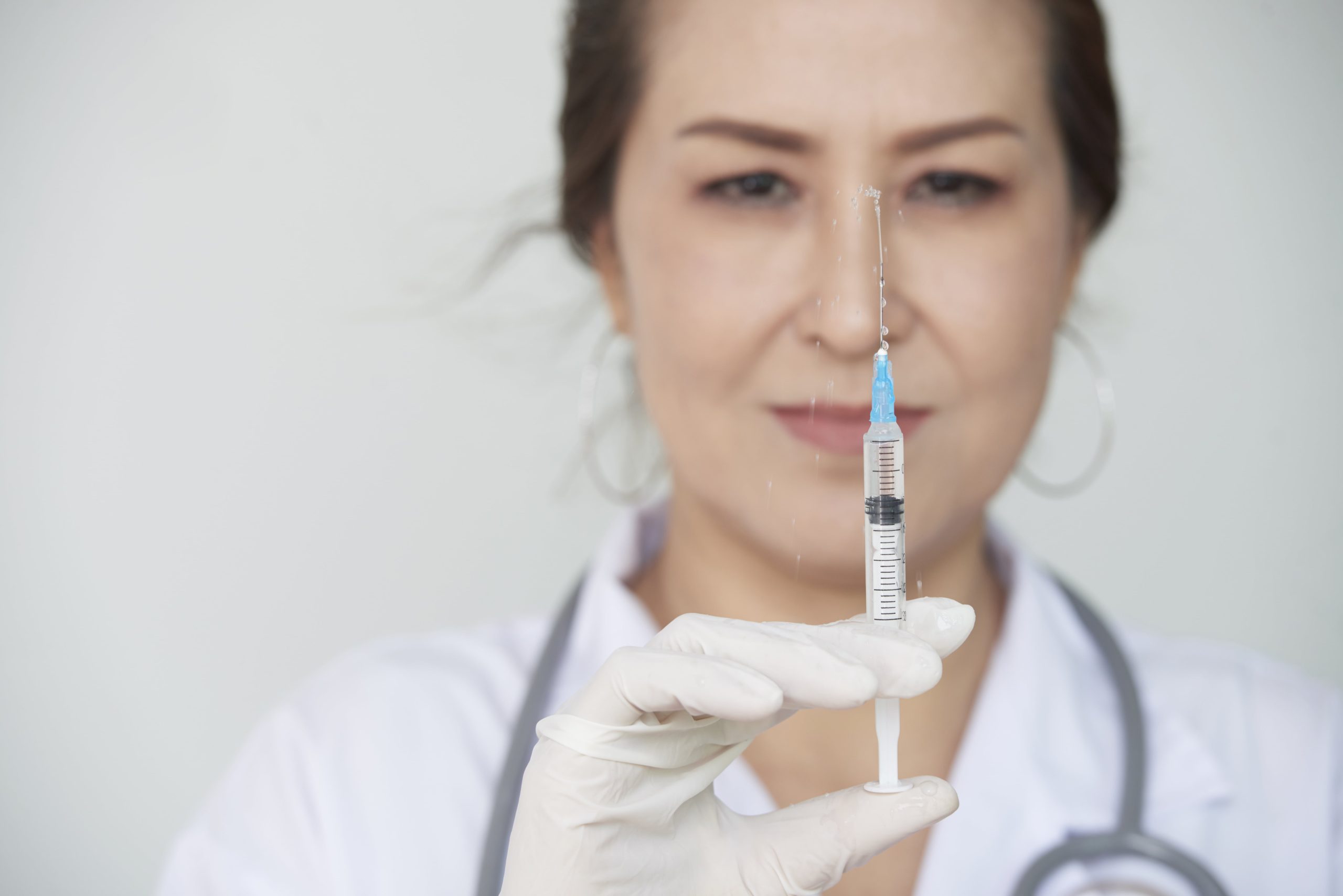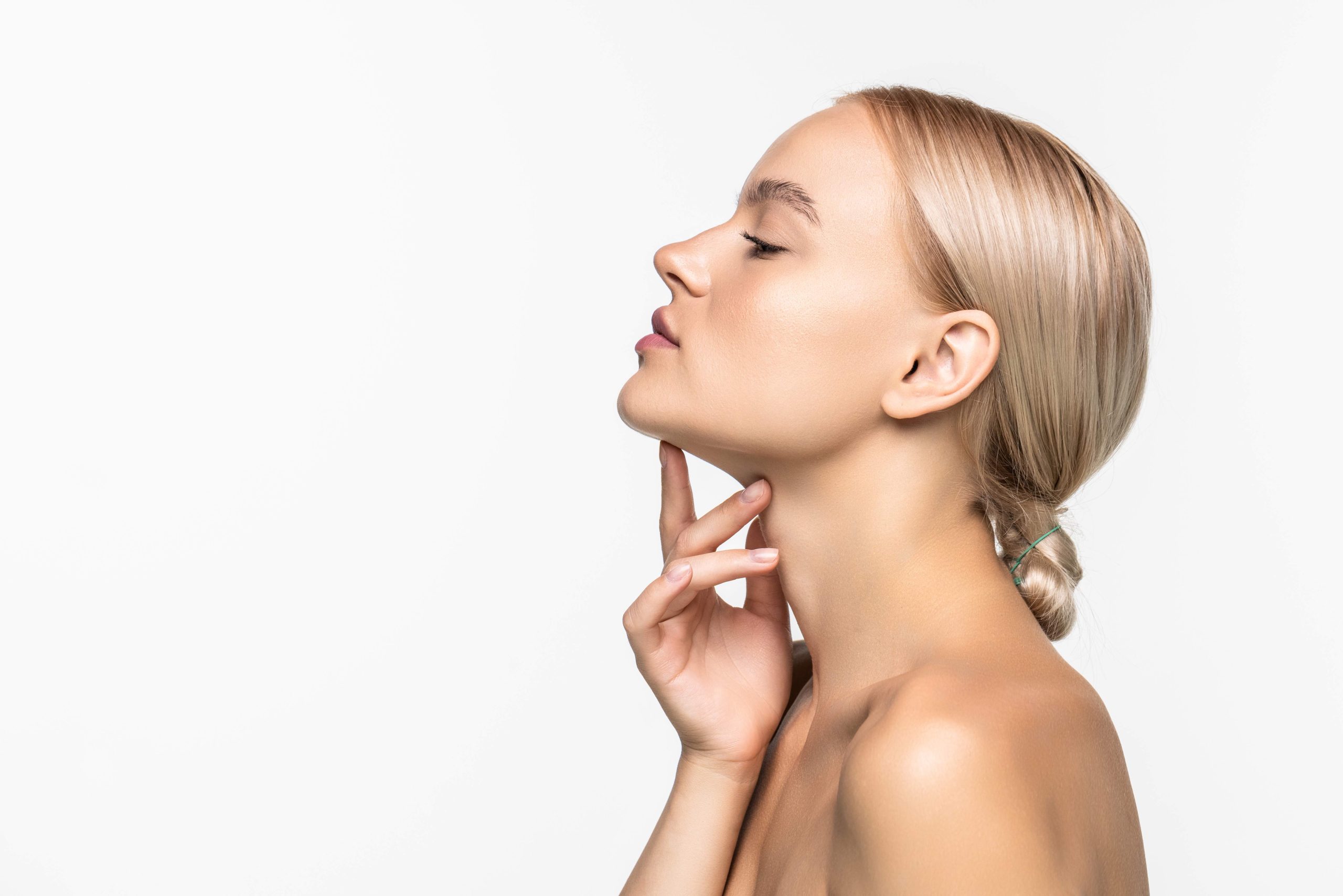Chin Filler Swelling Stages: What’s Normal and What’s Not

When it comes to facial enhancements, chin fillers are a frequent choice for patients of different age levels. These treatments offer a non-surgical way to improve the contour and the shape of the chin, providing a more balanced facial appearance as a result. However, like all other cosmetic procedures, they can be followed by temporary side effects such as swelling, so both medical professionals and patients should be aware of this. This article will help you understand why swelling happens, which situations are normal and which are not, as well as how to minimise swelling in case it occurs.
What Causes Swelling After Chin Fillers?
Swelling is usually the result of the body’s natural inflammatory response to the filler material used, as well as the trauma associated with the injection procedure. During the response, the body releases inflammatory mediators such as cytokines and histamines, which both increase blood flow to the affected area, resulting in fluid accumulation. Also, the reaction depends on the filler material used. For instance, certain fillers based on hyaluronic acid have the capacity to attract water to the injection site, therefore increasing the chances of swelling.
The Stages of Swelling
The stages of swelling following chin filler treatments can start immediately following the injection and end around two weeks after.
Here are the swelling stages patients can expect as a normal reaction to the filler:
- Day 1: The swelling is minimal, and the skin might also show redness and tenderness.
- Days 2 and 3: Since the peak swelling caused by filler treatments rarely happens immediately, patients can experience it one or two days after the injection. This is also the time when mild bruising can happen.
- Days 4 to 7: During the next few days, patients are supposed to feel a gradual reduction in swelling, as well as in other side effects that may have followed the treatment (tenderness, redness, or chin filler bruising).
- Days 8 to 14: In the second week after the injection, patients will get to see the actual results of the chin filler they chose. By this time, the swelling is supposed to disappear fully.
Normal Reactions to Chin Fillers
This is how swelling is demonstrated as a normal reaction to chin fillers:
Mild to Moderate Swelling
It is perfectly normal for the chin to feel firmer and appear slightly puffier after the treatment. Slight lumpiness is also possible. This reaction is expected to gradually decrease over the next few days.
Partial Asymmetry in Swelling
It can happen dor one side of the chin to swell more than the other, particularly during the first days of the recovery. This can be caused by the placement of the filler or simply by the fact that your face does not heal the same way in different areas.
Slight Tenderness or Redness
Mild redness, tenderness, bruising, and pressure sensitivity around the injection sites are nothing to be worried about. They occur as a reaction of the skin to the procedure, and they usually fade together with swelling.
Reactions that Require Attention
Now it is time to explain rare reactions to chin filler injections. In case of such symptoms, patients should seek medical care. Although patients usually show up to consultation excited, asking only how long does chin filler last, medical professionals should present them with all the potential risks.
Severe Pain or Discomfort
As we already mentioned, some tenderness is normal, but if it turns into severe pain or throbbing, it could suggest more serious health problems like vascular complications. This condition requires immediate evaluation by a medical professional.
Prolonged Swelling
If the swelling does not subside after two weeks, or even begins to worsen instead of improve, it may be a signal indicating infection or an adverse reaction to the product that was injected.
Nodules or Lumps
The emergence of hard lumps or nodules that do not go away after the initial swelling might suggest a delayed inflammatory reaction or improper filler placement. In certain cases, such lumps need to be dissolved using an enzyme called hyaluronidase, especially if they start causing aesthetic concerns or any other kind of discomfort.
Skin Discolouration
In case the skin around the injection areas becomes paler, darker, or even bluish in colour, it can be a sign of vascular occlusion, where the body’s blood flow has been compromised. If this condition is not treated immediately, it can cause tissue damage.
Recommended Post-Treatment Care
Although swelling is a normal side effect of chin filler treatments, patients can reduce discomfort and even speed up healing by following this simple post-treatment care regimen:
- Do not touch or massage the treated area to avoid irritation and increased swelling.
- Drink plenty of water and avoid alcohol consumption. This will support the healing process and help the body flush out excess fluids.
- Apply a cold compress to the chin for 10 to 15 minutes at a time right after the injection to try to minimise swelling.
- Use an additional pillow that will keep your head elevated during the night. By doing so, you will reduce the chance of fluid accumulation in the chin.
- Avoid intense physical activity for the next 24 hours to avoid the risk of additional swelling.
When to Contact a Medical Practitioner
If symptoms start to worsen, become painful, or raise any concerns, patients should contact their practitioner right away. Early communication can help prevent complications and ensure proper care if something doesn’t feel right during recovery.
Advice for Practitioners
Practitioners should take time to explain potential side effects during the consultation and set clear expectations. Providing detailed aftercare instructions and a follow-up schedule helps patients feel more confident and supported throughout the healing process.
Conclusion
Chin filler treatments are a safe and effective way to enhance facial harmony, but it’s important to understand the normal healing process, especially the stages of swelling. While some puffiness, redness, or tenderness is expected, knowing when something isn’t quite right can make all the difference. With proper care, realistic expectations, and open communication between patients and practitioners, aestheticians can buy dermal fillers online and provide their patients with smooth recovery and long-lasting results
References:
Bhojani-Lynch T. Late-Onset Inflammatory Response to Hyaluronic Acid Dermal Fillers. Plastic and Reconstructive Surgery – Global Open. 2017;5(12):e1532.
Go B, Frost AS, Friedman O. Using injectable fillers for chin and jawline rejuvenation. World Journal of Otorhinolaryngology – Head and Neck Surgery. Published online March 28, 2023.
Continue reading

Radiesse or Juvederm? Which One Should You Use for Facial Contouring?
Facial contouring is more than just adding volume – it’s about sculpting definition, correcting asymmetries, and enhancing structure. Achieving those goals requires the right product, precise technique, and a deep understanding of dermal filler properties. Among the most commonly used injectables in aesthetic medicine, Radiesse and Juvederm stand out as…
Read More
Radiesse vs Sculptra: Which Collagen-Stimulating Filler Is Better?
As the popularity of natural beauty trends, like the no-makeup makeup look, continues to rise, the demand for subtle, long-lasting enhancements has reshaped the filler industry as well. More patients are turning to treatments that enhance their features while correcting concerns like uneven texture or volume loss, all without compromising…
Read More
Non-Surgical Jaw Definition: Radiesse Jaw Before and After Transformation
In the age of defined features and sculpted profiles, jawline contouring has become one of the most in-demand aesthetic procedures among both male and female patients. But not everyone is ready for surgery or permanent changes. That’s where non-surgical options like Radiesse jawline enhancement come in, offering a high-impact transformation…
Read More